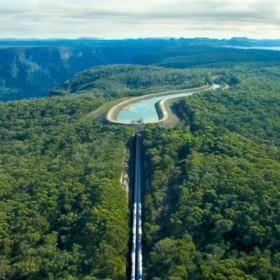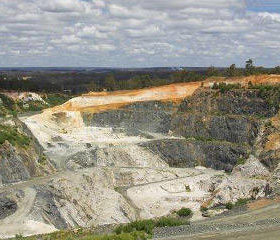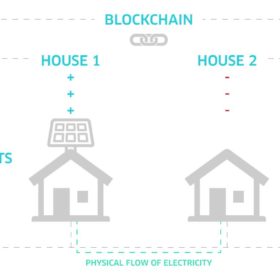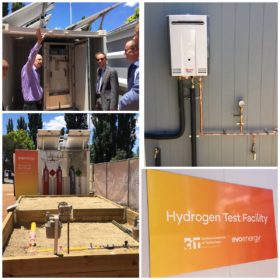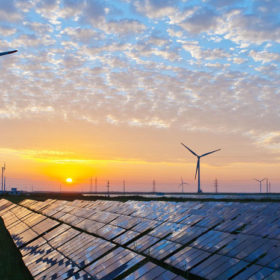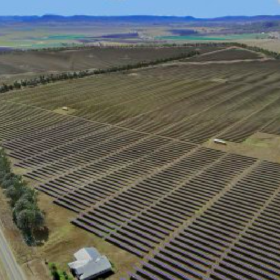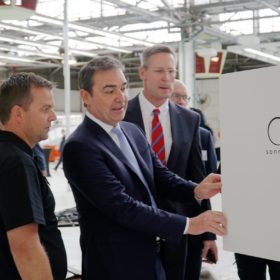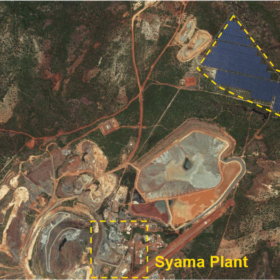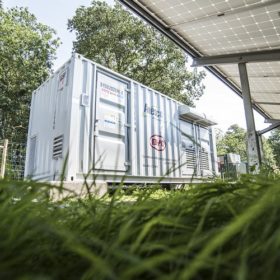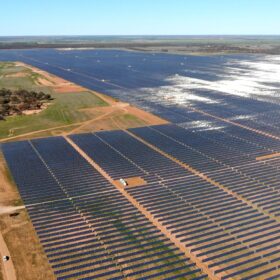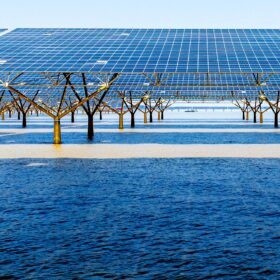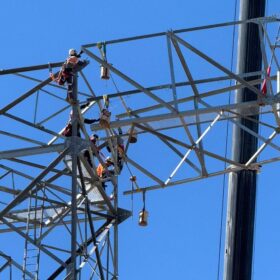Pumped hydro: Snowy Hydro 2.0 approved by board, NSW plans 24 projects totalling 7 GW
The New South Wales government has launched its ambitious pumped hydro roadmap designed to back the rising level of wind and solar in the energy mix. Meanwhile, the board of government-owned energy provider Snowy Hydro has given the green light to its landmark $4 billion pumped hydro expansion project, Snowy 2.0.
Australia aims to become world li-ion battery manufacturing powerhouse
The federal government has launched a strategy seeking investment to unlock Australia’s potential in lithium-ion battery manufacturing. Noting that the nation’s mineral reserves cover 90% of the elements required in li-ion battery chemistry, the new Austrade report underlines that Australia is well-positioned to become a world leader in this fast growing market.
Fremantle residents to trade solar energy using blockchain
Around 40 residential properties across the port city of Fremantle, Western Australia, will be able to trade solar power using a blockchain-enabled platform. The trial is even open for residents who do not have solar PV on their rooftops.
Australia’s first hydrogen test station opens in Canberra
ACT gas network operator Evoenergy and the Canberra Institute of Technology have partnered to build a first of its kind hydrogen test facility at CIT Fyshwick. The station will test up to 100% hydrogen in deployments in which natural gas is currently used.
Queensland’s 800 MW wind farm to break ground with solar and battery approved
All state and national approvals have been secured for a massive wind project in central Queensland. The 800 MW wind farm is part of a major renewable energy hybrid project, which is planned to include up to 400 MW of solar and a battery energy storage facility that have already secured state approval.
UQ takes ownership of 64 MW Warwick Solar Farm
The University of Queensland has completed the purchase of the $125 Warwick Solar Farm in the Southern Downs region, making it the largest solar asset in ownership of an Australian university. Lendlease will act as developer on the project.
SA virtual power plant moves forward with new retailer on board
The second phase of the proposed 250 MW virtual power plant will see Tesla Powerwall batteries and solar panels installed on 1,000 South Australian households.
Sonnen begins battery production in South Australia
The German energy storage provider has begun assembling batteries at the former Holden site at Elizabeth in Adelaide’s north. The company has already hired 50 full-time employees.
Mali gold mine to slash power bill with 40 MW solar hybrid plant
Australian mining company Resolute Mining has inked a JDA and PPA with Ignite Energy, to construct what it says is the world’s largest off-grid solar hybrid plant, at one of its gold mines in Mali.
South Australia sets up $50 million Grid Scale Storage Fund
The South Australian state government has launched a $50 million fund to support construction of new energy storage projects, seeking to address intermittency in the state electricity system and make electricity more affordable and reliable. There will be one round of applications, with a closing date of Thursday, 7 February 2019.
